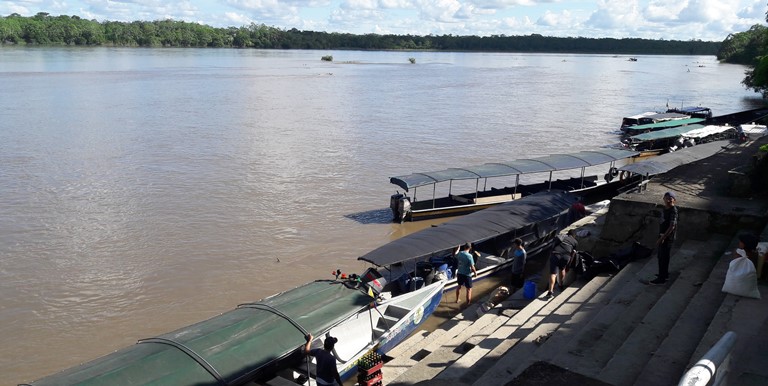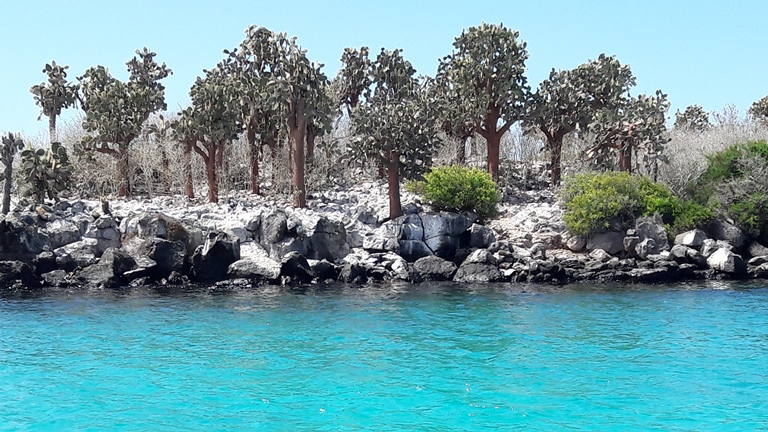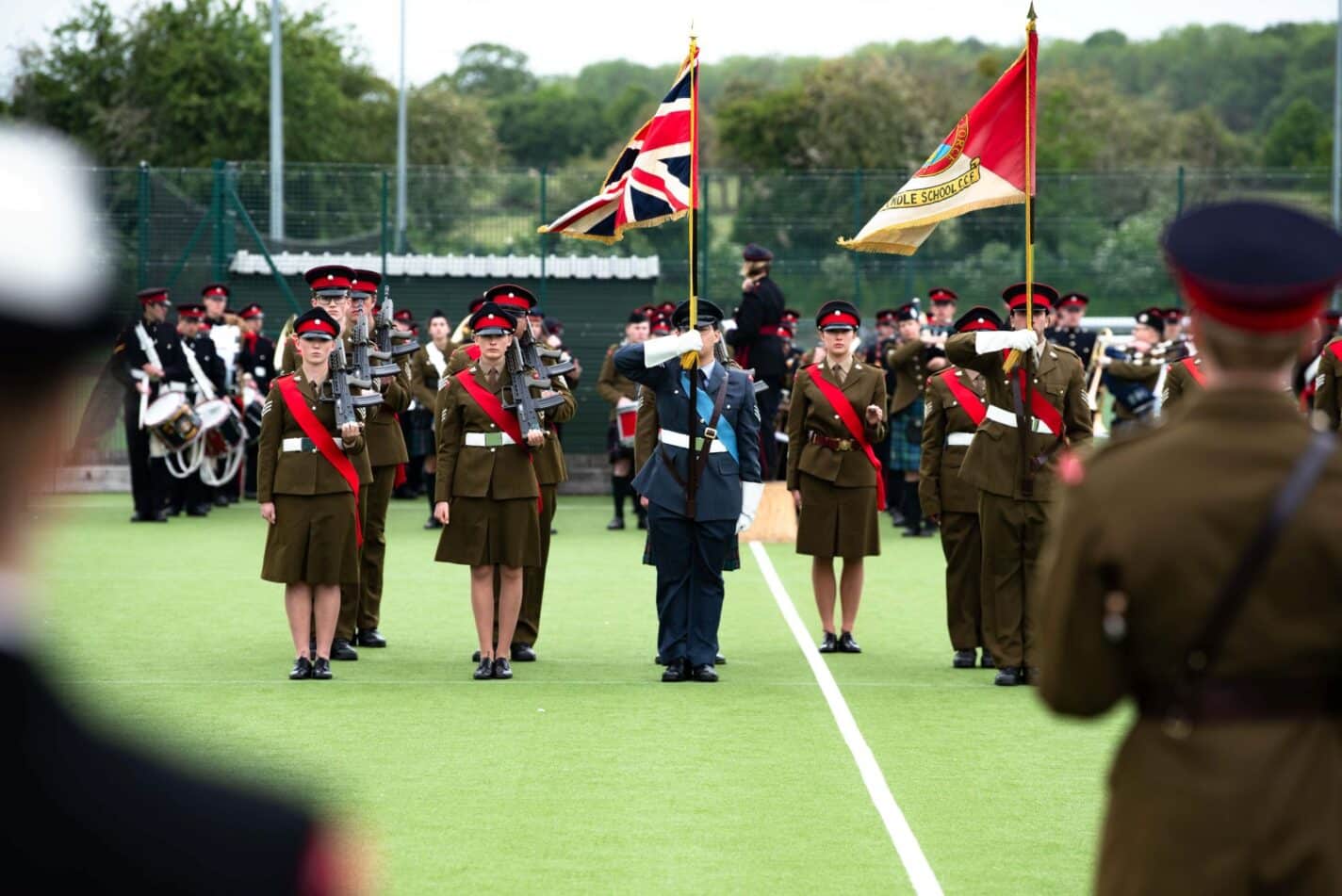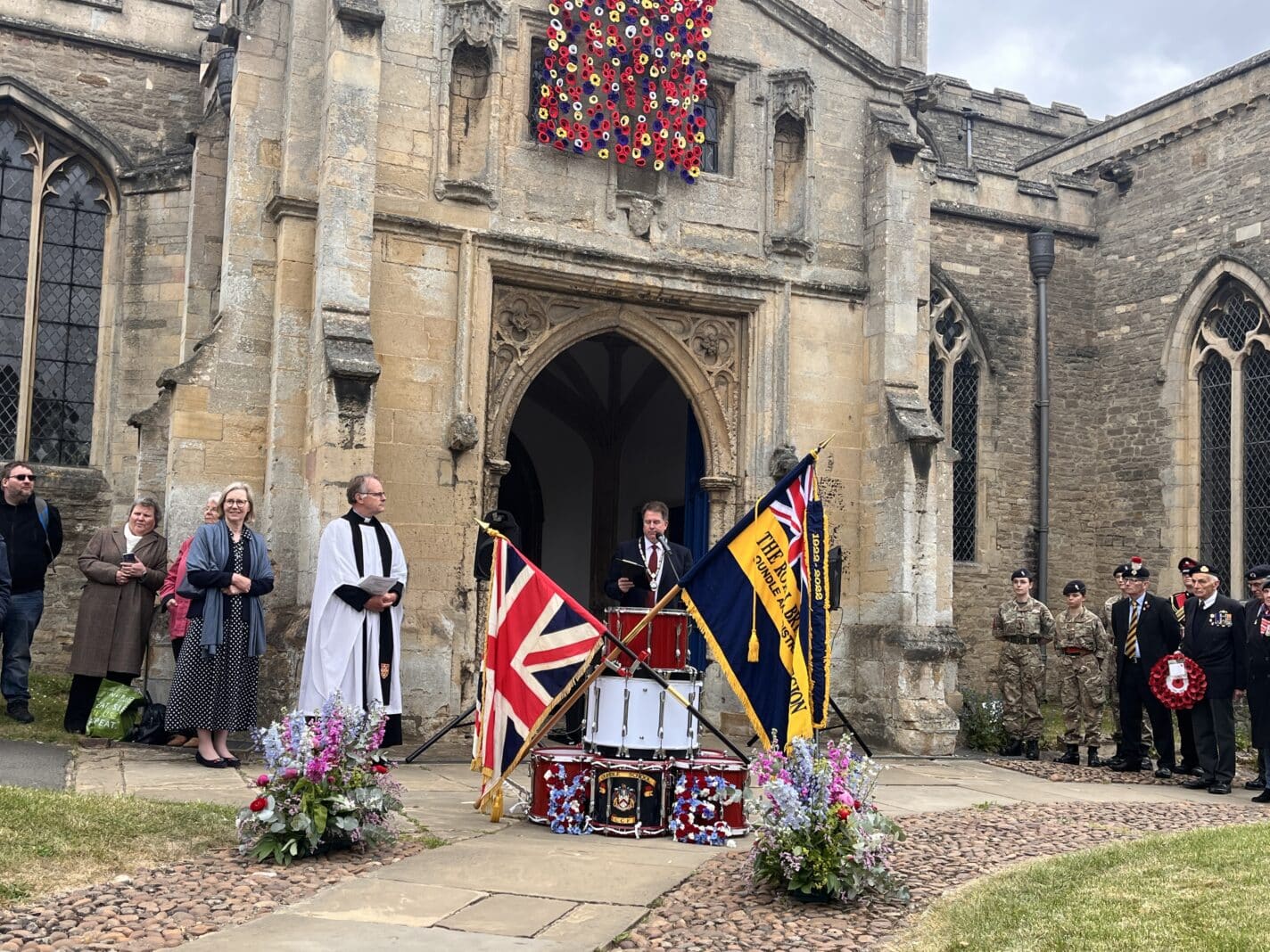The day after school broke up for the summer holidays, 18 pupils and 3 teachers travelled to Ecuador to conduct biological surveys in the Amazon, and to the Galapagos Islands to learn about evolution and the islands’ history as a UNESCO World Heritage Site.

We left Heathrow on Sunday night and landed in Quito, positioned in the foothills of the Andes, the following morning. At 4.30am the next day, we started our trip to the Amazon. The first coach journey took us through the twisty roads that traversed the Andes, and turned out to be five hours longer than planned, due to a mudslide taking out the main bridge. We arrived in Coca in the afternoon and began the three-hour longboat journey down the Napo River, followed by a two-hour canoe through the thick of the jungle in the dark, with the only light provided by the eyes of birds in the trees and caimans in the water.

On arrival at the camp we were advised to only walk on the raised wooden platforms to avoid anything dangerous. When one of our group spotted a Fer-de-lance at their feet, the most venomous snake in Ecuador, we knew then that we were in the Amazon.
For our first surveys we went bird watching, climbing to a 35m high viewing platform to see above the canopy of the rainforest. The views were endless, and we managed to spot greater ani, hoatzin, and toucans, and discovered a hummingbird nest – the first sign that hummingbirds were found in that area. We also measured the carbon content in trees for carbon trading; did butterfly catching with nets; recorded birds that had been caught in mist-nets; went on mammal treks; and conducted hepatology night surveys. We also visited a local Sani community, where we received a tour of their medicinal garden, sampled local foods (including live beetles), and assisted with setting up a basic polythene tunnel.
After six days we returned to Quito, this time using a temporary bridge, which shortened the journey by several hours, but did make you feel as if you were in a Top Gear special. We flew out to the Galapagos immediately after arriving in Quito, and despite arriving at the airport late, and someone losing a passport, after pleading with airport staff in limited Spanish, they let us on the flight.
We stayed on the main island of Santa Cruz, at one of the highest points of the island next to a volcanic crater with views down to the sea. The first night in camp we watched an Attenborough documentary on the Galapagos, learning about a few of Galapagos’ most famous animals: the diving blue-footed boobies, the sea lions, as well as the Galapagos penguin. I remember thinking that these events were so extraordinary that they would only happen once in a blue moon. The following morning, when we set out on the dive boat, the first thing we saw was a flock of 50 or so blue-footed boobies diving from 20m into the water, and the second thing was a colony of sea lions sunbathing. This is what I loved most about the Galapagos: the extraordinary became ordinary.
Throughout the week, we took part in several excursions to learn about the archipelago. One morning, we walked through the colossal lava tunnels, and on another morning we visited the Charles Darwin Research Station, where we learnt more about Darwin’s work, and saw marine iguanas, and the stuffed Lonesome George, an individual animal that became a universal symbol for conservation.
For me, the highlight of the trip was the snorkelling with sea lions. On the final morning before we headed home, we set out on a boat from Puerto Ayora to Santa Fe, the nearest island to Santa Cruz. We snorkelled in two locations, both times meeting rafts of sea lions. They were show-offs, swimming up to you and performing tricks, as well as occasionally nibbling at your fins or arms. The scuba diving was also incredible, and my group even saw a school of over 100 hammerhead sharks swimming beneath us.
From bird-spotting from above the canopy, to seeing hundreds of sharks deep below the pacific ocean’s surface, the trip was remarkable; an experience that will be impossible to replicate.
Evan Ball (G)







